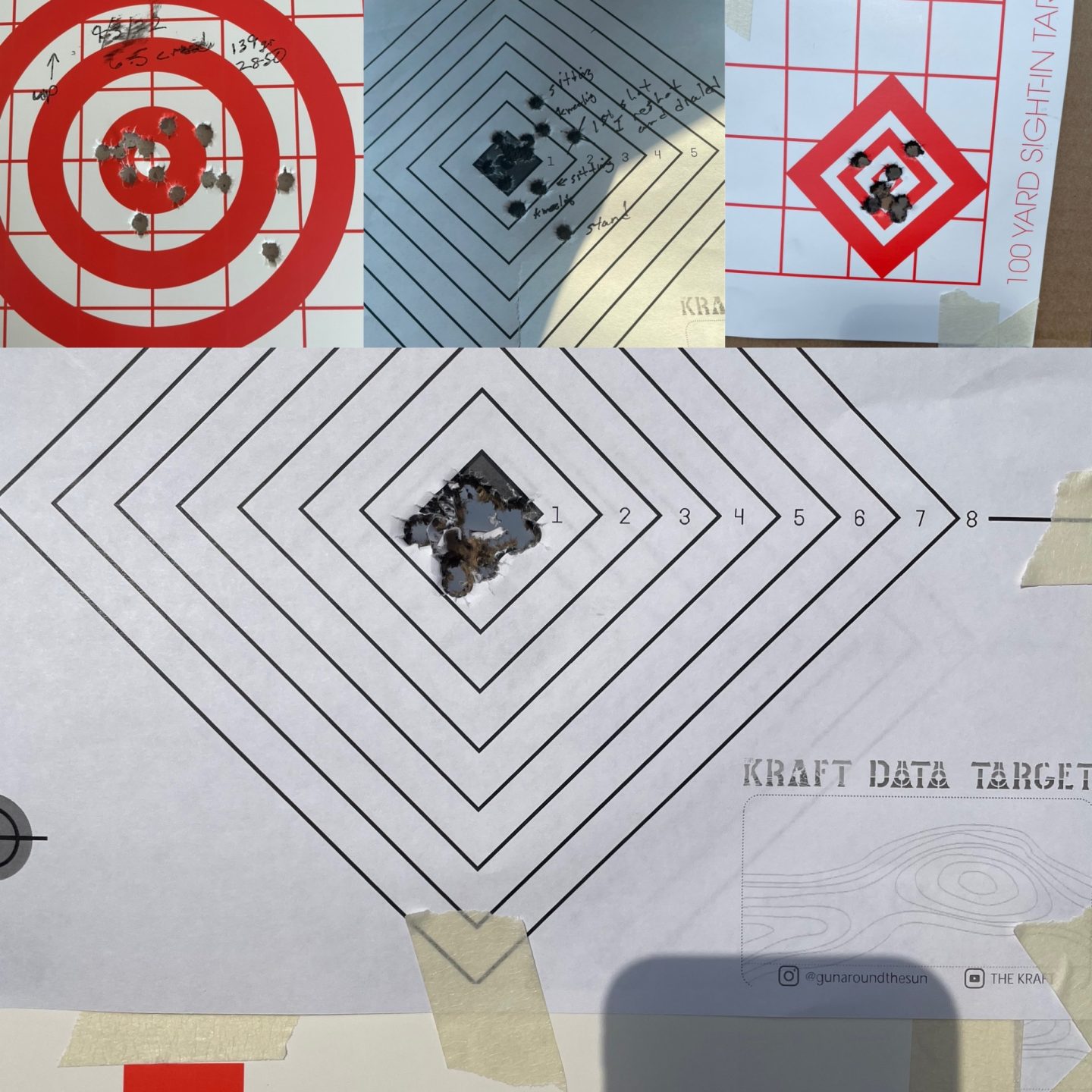
Reading the signs
Shooting is a fascinating blend of art and science, requiring not just skill but also a deep understanding of physics, mechanics, and psychology. Whether you’re a seasoned rifleman or a novice honing your skills, mastering the fundamentals is essential. Let’s delve into how using paper at 100y can elevate your shooting to a new level.
Paper reading is a secret weapon
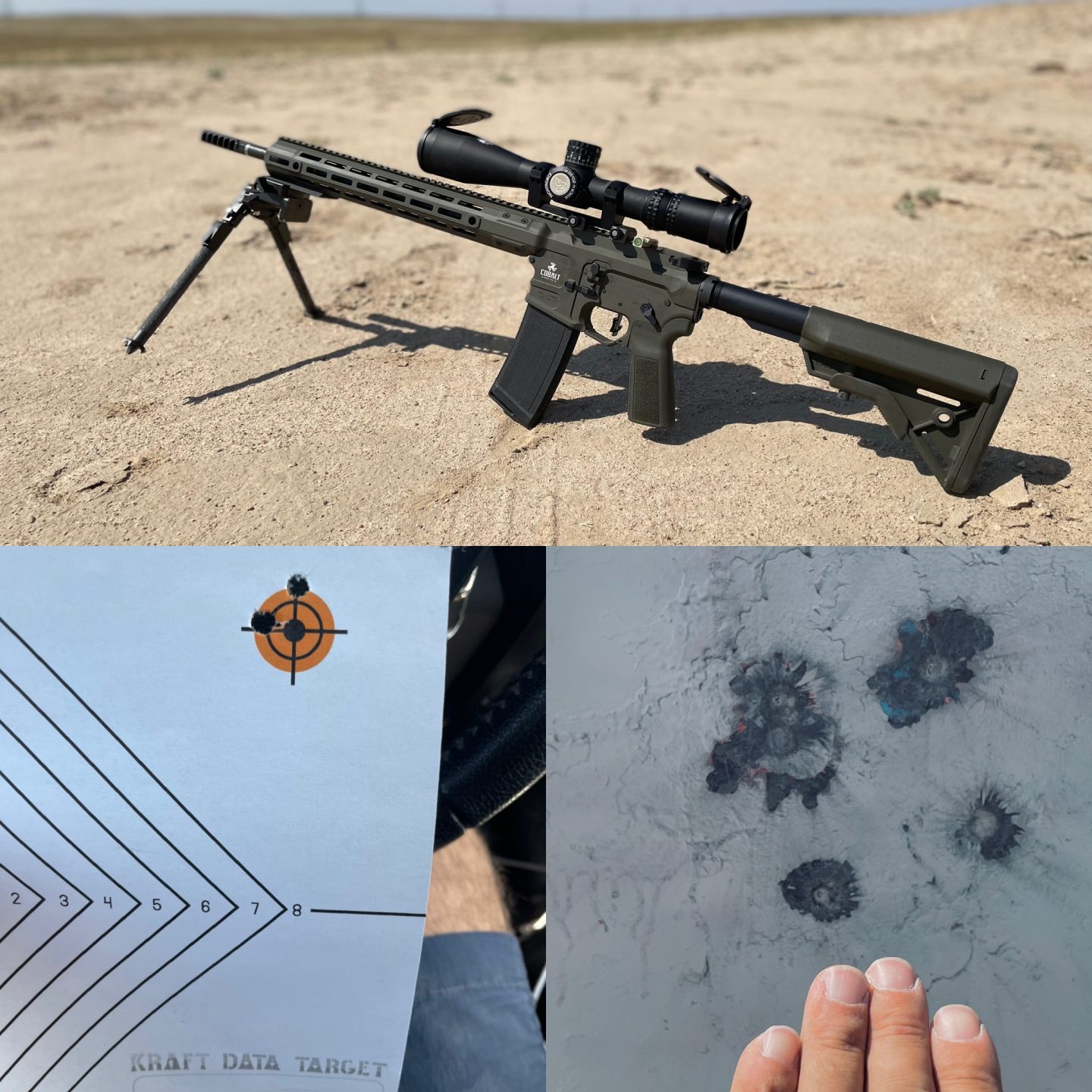
In the world of precision shooting, predictability is your best friend. Bullets follow a known trajectory—often referred to as the “cone of fire”—and deviations are usually the result of human error. Think of it as a cook following a recipe; if the dish doesn’t turn out right, the fault lies not in the ingredients but in the technique. By concentrating on shorter distances, like 100 yards, you can scrutinize the shooter’s technique without the distracting influence of environmental factors. It’s the art of reducing variables to focus on what really matters.
When a bullet punches through a paper target, it’s like receiving an unfiltered review of your performance. The feedback is nearly instant and quantifiable—no need to wait for the sound of steel, a drive to check and measure, and then ruling out what other factors may have played a part in the impact. This immediate insight into shot placement allows you to diagnose and correct issues on the fly. It’s the equivalent of having a critic who’s brutally honest but infinitely helpful.
Paper is the ultimate truth-teller. These targets don’t sugarcoat or obscure—they simply reveal. Yes they are humbling, but we need that to develop a real base of skill to grow on top of. Paper, like the RifleKraft target, and other RifleKraft diagnostic targets isolate specific types of errors, whether they stem from fundamental issues like NPA and trigger control, or positional flaws such as unbalanced forces to the buttstock. Imagine these Kraft targets as the mirror that reflects not just your successes, but your flaws—so you can correct them. Priceless.
Its in the numbers
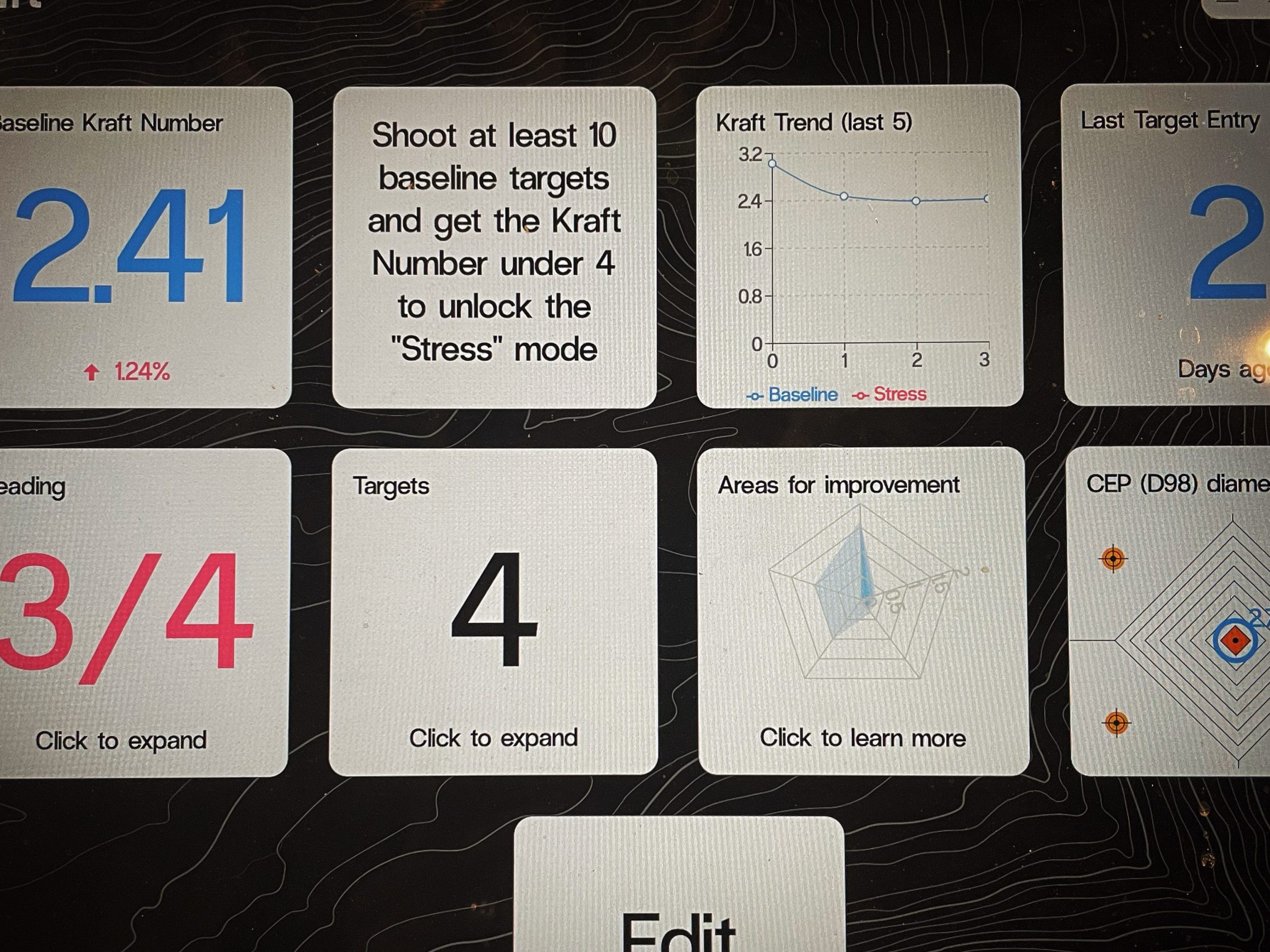
In shooting, numbers don’t lie. By analyzing shot patters, effects, and dispersion, you gain objective insights into your shooting fundamentals. Patterns in your shot groups often reveal technique issues that are ripe for correction. It’s where the cold precision of data meets the warm satisfaction of skill mastery.
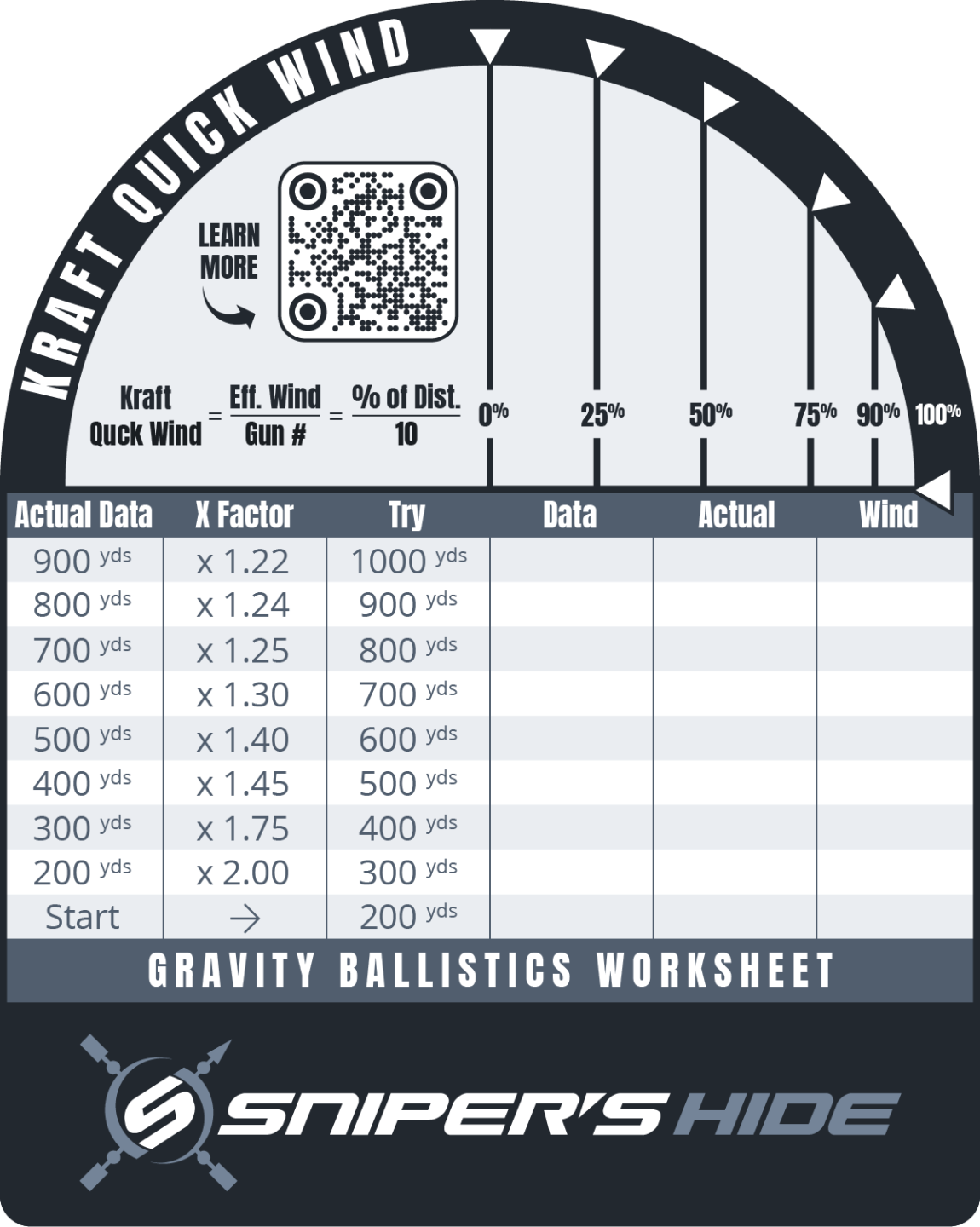
Precision rifle shooting isn’t just about hitting the target; it’s about knowing how to hit a target with accuracy and precision. Paper targets offer you a set of objective, data-driven metrics that let you measure your performance without any ambiguity. It’s like having a personal coach who is meticulous and impartial, providing you with the hard facts of your progress.
With the data you gather, you can set benchmarks and track your performance over time. This methodical approach allows for goal setting that’s grounded in reality, This is the RifleKraft approach to shooting and it works. This philosophy and approach pushes you to continually improve. It’s the blueprint for transforming potential into proficiency.
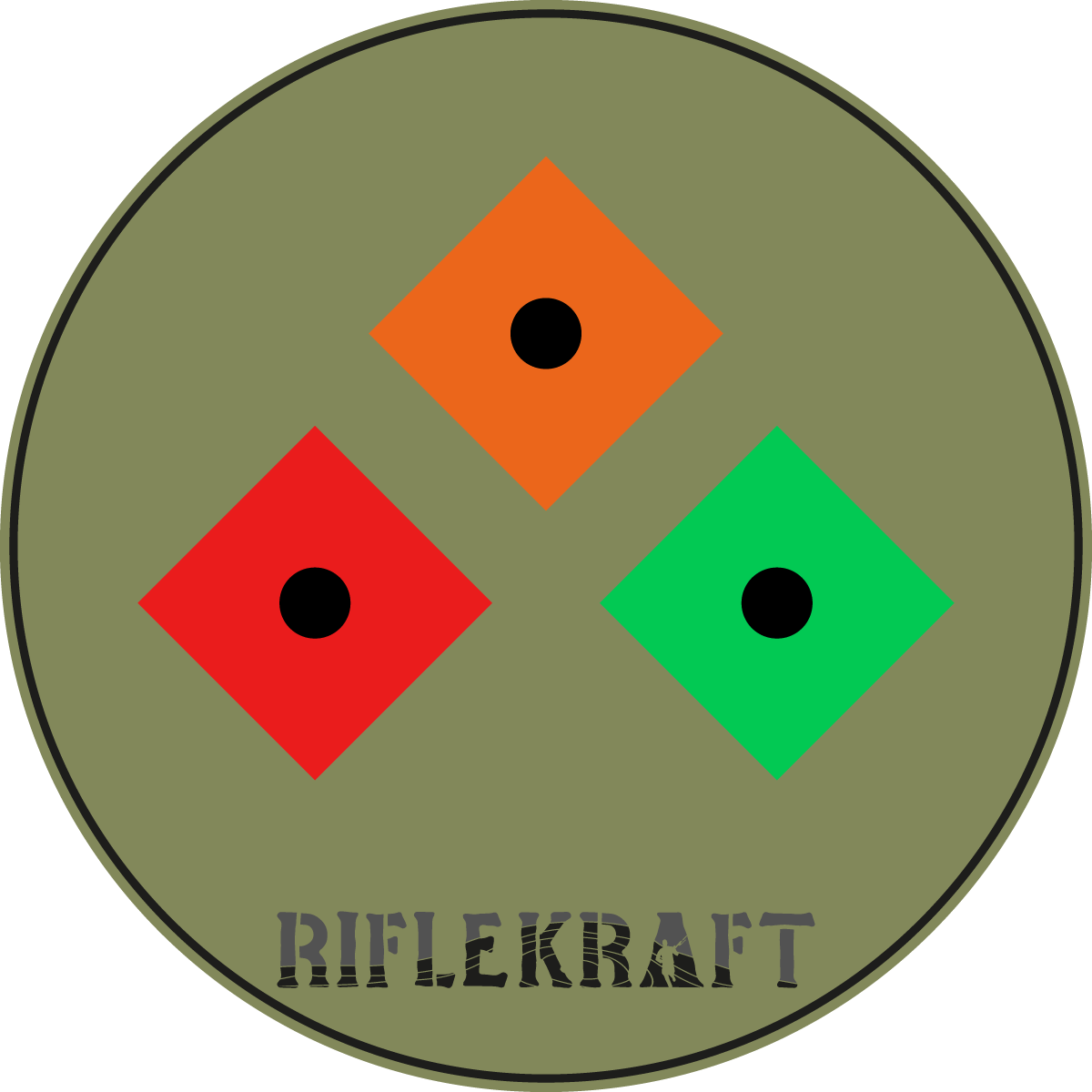
Consistency is the holy grail of precision shooting, and paper targets offer a reliable way to measure your performance over time. By tracking your progress, you can analyze whether your skills are improving, plateauing, or regressing. It’s like keeping a diary, but instead of words, you track the trajectory of your bullets.
There’s a unique thrill in seeing evidence of your own improvement. Tracking your progress not only helps you identify areas that need work, but it also provides the motivation to keep practicing and refining your skills. It’s the steady climb that keeps you hooked.
Flexibility and Customization

In the world of shooting, one size definitely does not fit all. The versatility of paper targets allows you to adjust the difficulty to match your skill level. This adaptability ensures that your training sessions are neither too easy nor impossibly hard, but just right for systematic skill development.
The flexibility of paper extends beyond just difficulty—they allow you to create practice scenarios that are relevant and challenging. By tailoring drills to your specific needs, you make each training session count. It’s like having a gym where you can design every workout to target exactly what you need to improve.
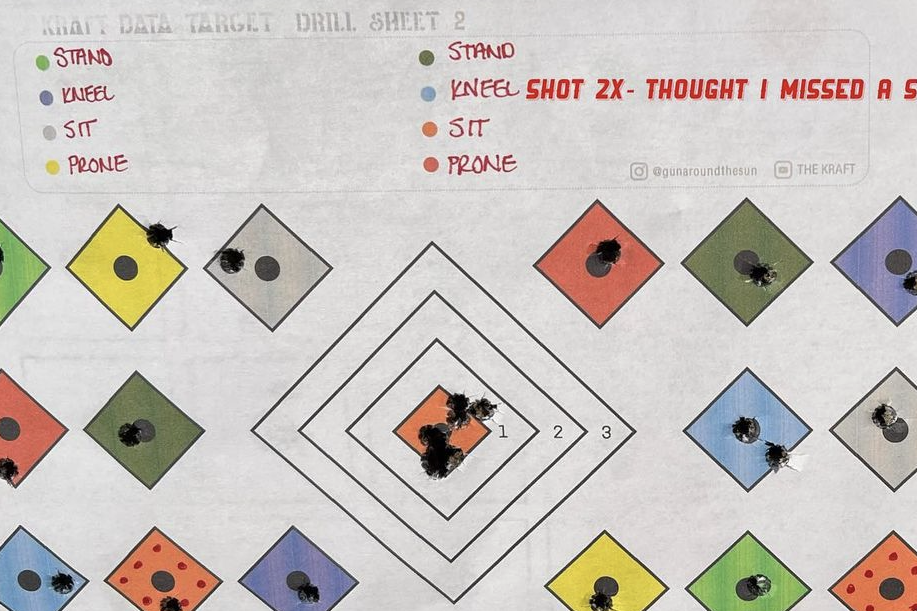
Efficient training isn’t about doing more; it’s about doing what matters. By focusing on specific errors, you ensure that your practice sessions are productive and targeted. It’s the difference between merely putting in the hours and actually getting better.
Once an error is identified, the next logical step is to correct it. Paper helps you connect the dots between shot deviations and their underlying causes, allowing you to focus your efforts on the areas that need improvement. It’s the detective work that leads to better performance.
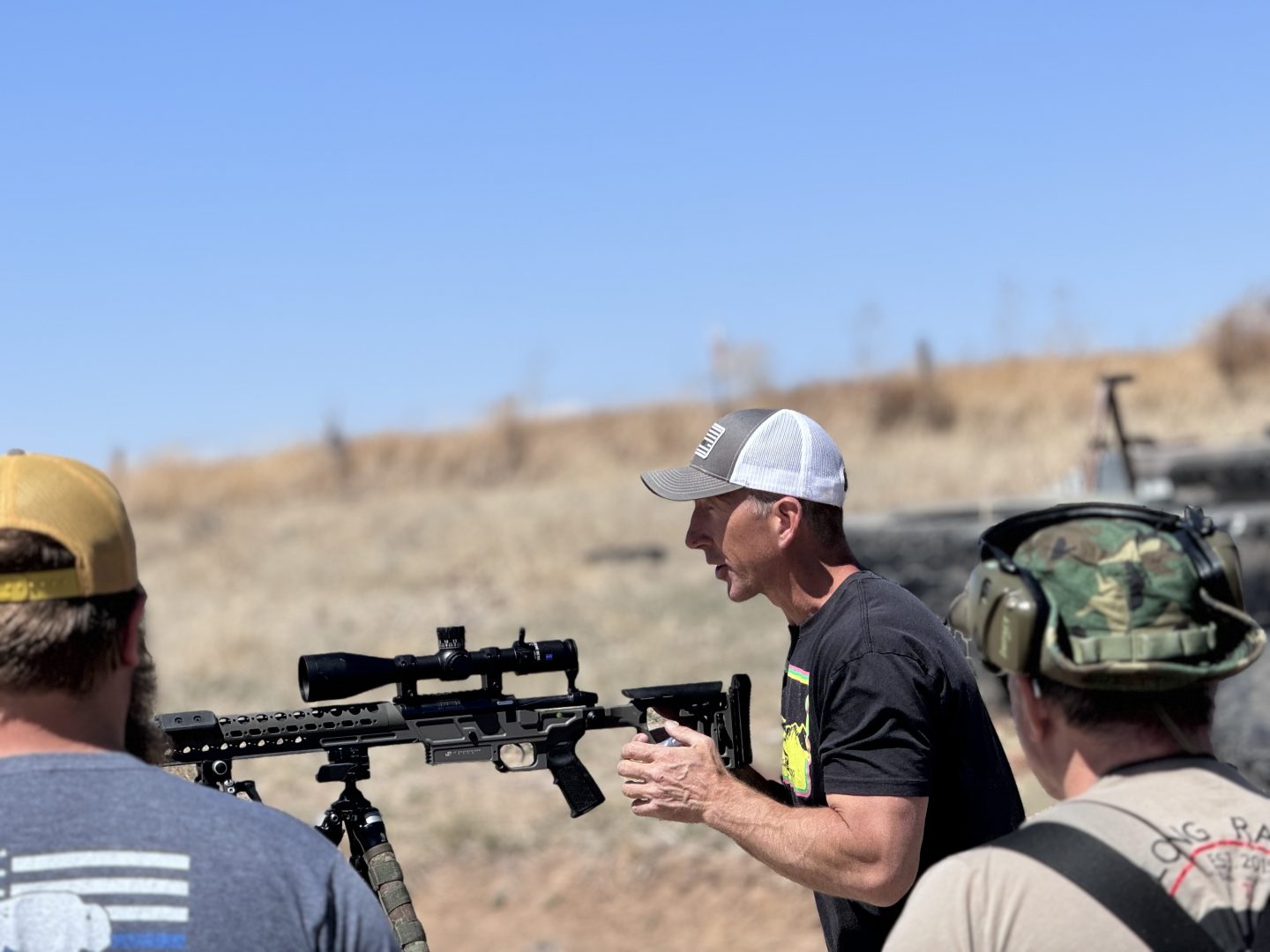
Wrapping things up

Precision rifle is all about the details, and the more you analyze, the better you become. By correlating shot deviations with specific errors, you can perform a thorough root cause analysis. Documenting these findings gives you a valuable reference for future training, turning your practice into a continuous learning process.
Armed with data and insights, you can craft a strategy for improvement. Whether it’s tweaking your fitment, adjusting your inputs, or refining your trigger press, having a plan based on observed trends makes your practice sessions more effective. It’s a smart approach to mastering the art of shooting.
Accuracy isn’t just about where you aim; it’s also about how stable you are when you pull the trigger. Proper rifle positioning and consistent support—whether through a bag, tripod, or bipod—are critical for maintaining accuracy standards. It’s the foundation upon which every great shot is built.
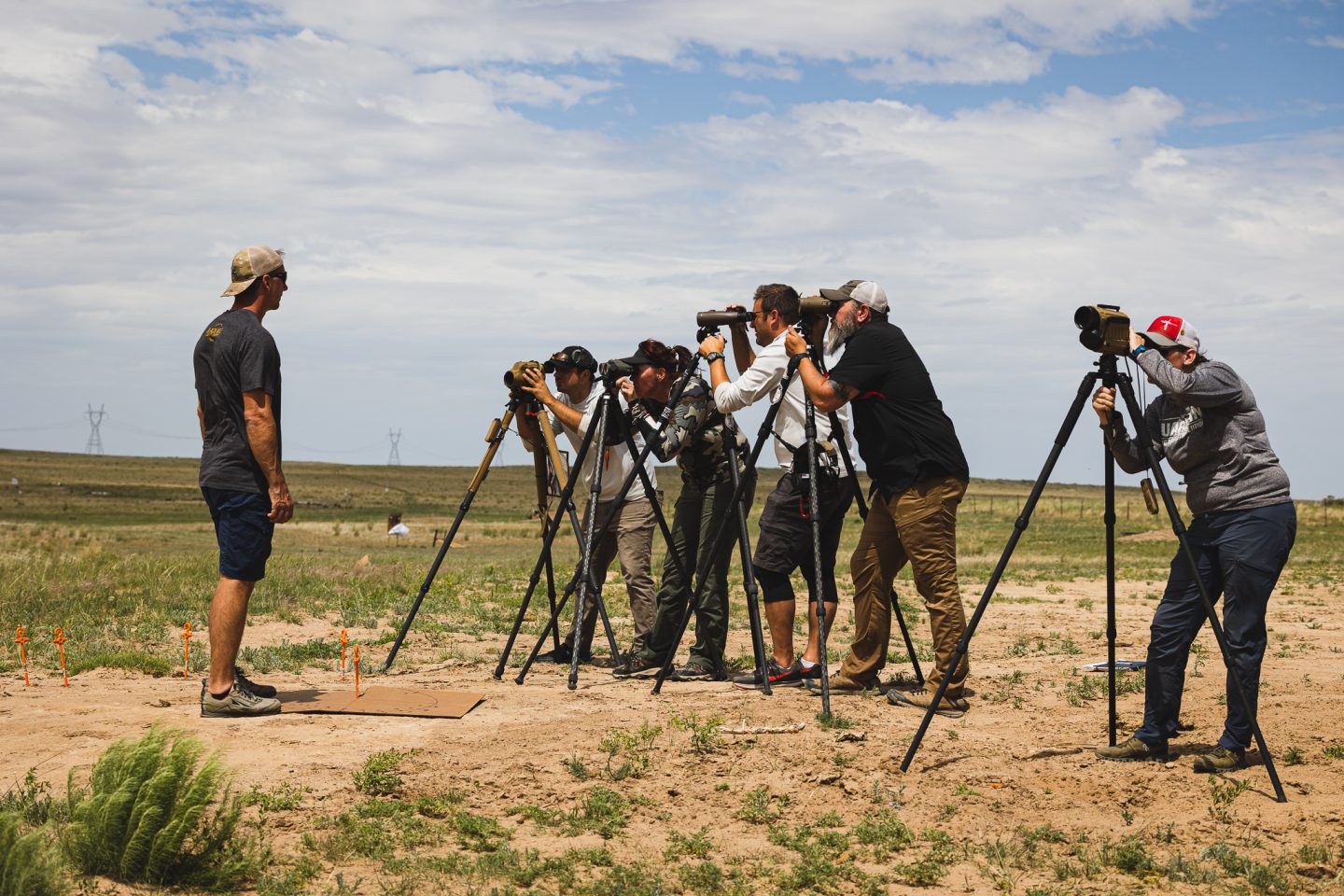
Additional Considerations
Parallax errors can be the silent saboteur of good shooting. However, they’re easily managed by ensuring that your scope’s parallax is correctly adjusted for the shooting distance. It’s a small adjustment that makes a big difference, eliminating another potential source of error.
Recoil is an inevitable part of shooting, but controlling it effectively is essential for maintaining accuracy. By managing recoil direction and ensuring consistent application of directional forces, you help maintain the accuracy of your shots. It’s the discipline of managing the aftershock that makes all the difference. All of this can be seen on paper, quantified, and scaled into a training plan that raises your skills, standards, and only requires going out and shooting which we all love anyway!


